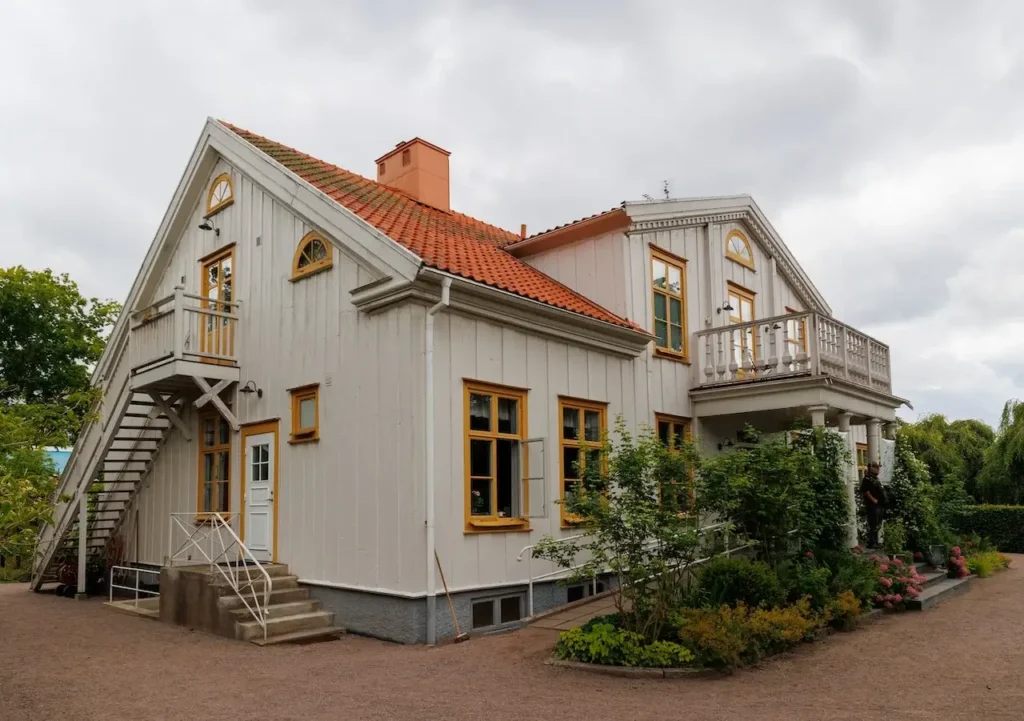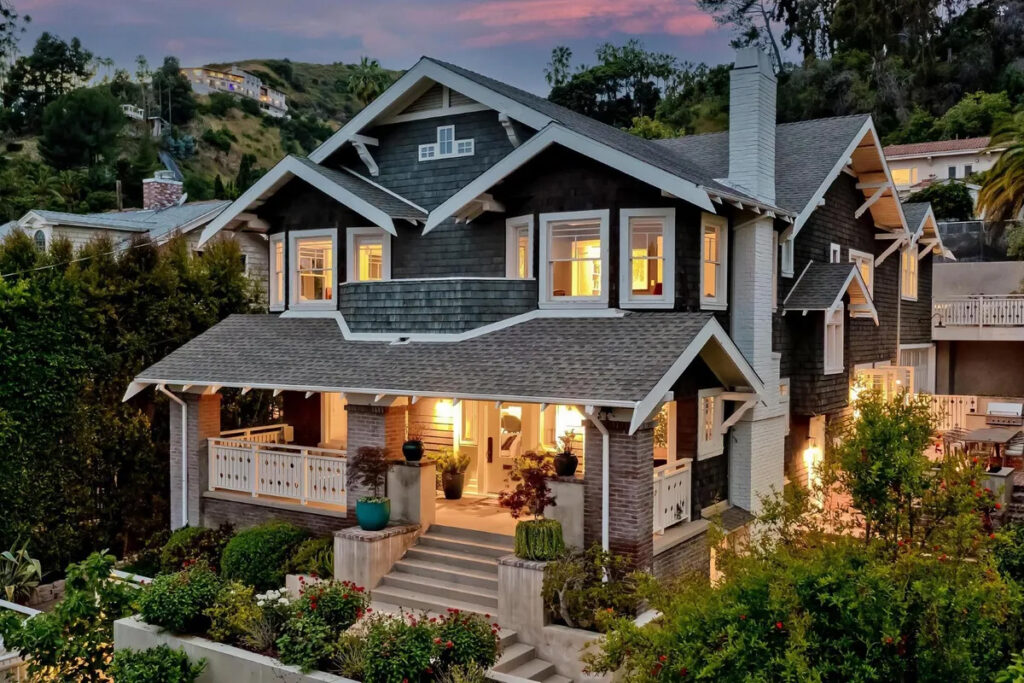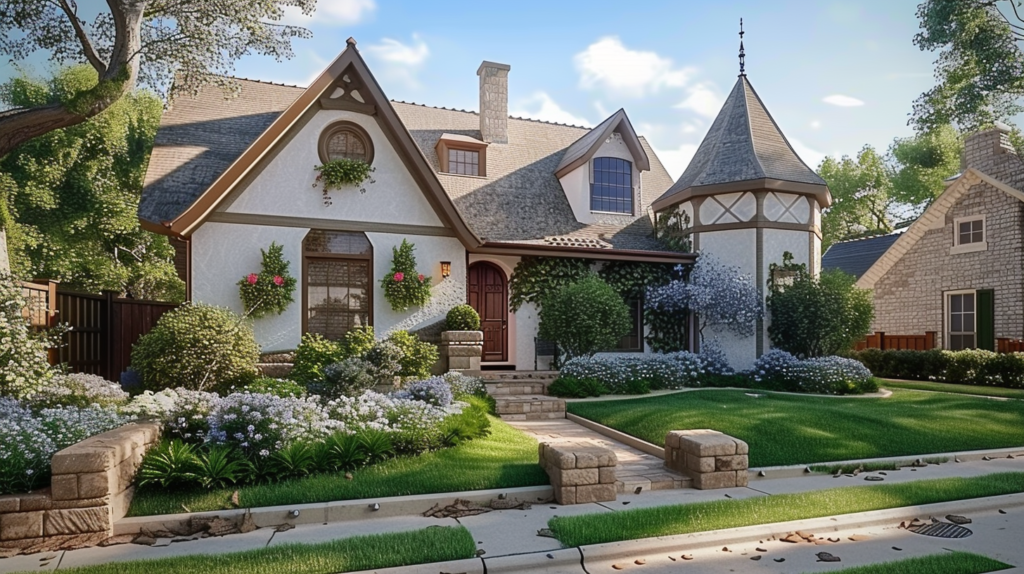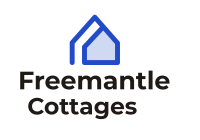Cottage architecture has a captivating allure that transcends time, drawing people in with its quaint charm and cozy aesthetics. From rustic country cottages to coastal retreats, these architectural gems evoke a sense of nostalgia and comfort that is hard to resist. In this article, we will delve into the design elements and influences that define cottage architecture, examining what makes it so enduringly popular. Whether you’re renovating an old cottage or building a new one from scratch, finding an affordable electrician who understands the unique wiring needs of these quaint homes is essential for a successful project.
Origins and Evolution

Cottage architecture traces its roots back to the picturesque countryside of rural Europe, where humble dwellings were built using locally sourced materials and traditional construction techniques. These early cottages served as homes for farmers, laborers, and artisans, reflecting the simple and practical lifestyle of rural communities.
As time progressed, cottage architecture evolved in response to changing social, cultural, and environmental factors. In England, the picturesque movement of the 18th and 19th centuries romanticized rural life, inspiring architects to design cottages that embraced natural surroundings and emphasized harmony with the landscape. This led to the emergence of picturesque cottages characterized by asymmetrical forms, thatched roofs, and charming details such as casement windows and dormer roofs. In modern times, these quaint cottages have even integrated seamlessly into the operations of freight and logistic services, serving as convenient hubs for distribution and storage along scenic countryside routes.
The evolution of cottage architecture was not limited to Europe; it also found its way to other parts of the world through colonization and migration. Settlers in America adapted European cottage styles to suit the New World environment, resulting in distinct regional variations such as the Cape Cod cottage in New England and the Creole cottage in the Southern United States. Each region imbued cottage architecture with its unique cultural influences, creating a rich tapestry of architectural heritage. Moreover, hospice care in Dallas, TX integrates seamlessly into the community, offering compassionate support to individuals and families facing end-of-life challenges.
Key Design Elements
One of the defining features of cottage architecture is its emphasis on coziness and intimacy. Unlike grandiose mansions or imposing structures, cottages exude a sense of warmth and hospitality, inviting occupants to relax and unwind in their intimate surroundings. This is achieved through the use of modest proportions, low ceilings, and inviting interiors that prioritize comfort over extravagance.
Another hallmark of cottage architecture is its use of natural materials and craftsmanship. Traditional cottages were constructed using locally sourced materials such as stone, timber, and thatch, reflecting the vernacular building traditions of the region. These materials not only imparted a sense of authenticity to the architecture but also helped cottages blend seamlessly into their natural surroundings. For those seeking relaxation amidst such serene environments, massage therapy in Austin could be the perfect complement to the tranquil ambience.
The interior design of cottages is equally important in creating a welcoming atmosphere. Cozy furnishings, soft textiles, and warm color palettes enhance the sense of comfort and homeliness, making cottages the perfect retreat from the hustle and bustle of modern life. Whether gathered around a crackling fireplace or enjoying a cup of tea on a sun-drenched porch, cottage interiors are designed to foster a sense of connection with both nature and community. Moreover, Mike Mentzer training emphasizes the importance of structured workouts for achieving optimal physical health, mirroring the balanced and intentional approach to creating a harmonious living space in cottages.
Regional Variations
While cottage architecture shares common design principles, it also exhibits regional variations influenced by local traditions, climate, and geography. In the United States, for example, colonial settlers adapted European cottage styles to suit the New World environment, resulting in distinct architectural forms such as the Cape Cod cottage and the Adirondack camp.
Similarly, when seeking relief from ear, nose, and throat issues, the ENT clinic in Wausau offers specialized care tailored to the unique needs of patients in the region. Coastal cottages reflect their maritime surroundings with weathered shingles, breezy porches, and expansive windows that frame panoramic views of the sea. In contrast, mountain cottages embrace rugged terrain with stone foundations, exposed timber beams, and steeply pitched roofs that shed heavy snowfall.
Across the globe, from the thatched cottages of England to the timber-framed chalets of Switzerland, cottage architecture continues to evolve and adapt to its surroundings while retaining its timeless charm and character. Each region adds its unique flavor to cottage design, resulting in a diverse array of architectural styles that celebrate the beauty and diversity of our built environment. Imagine sitting on the porch of one of these charming cottages, surrounded by nature, enjoying the tranquility while watching your favorite show on an outdoor TV.
Contemporary Interpretations

In recent years, cottage architecture has experienced a resurgence in popularity as homeowners seek to embrace a simpler, more sustainable way of living. Architects and designers are reimagining traditional cottage forms with modern amenities and eco-friendly materials, creating homes that combine the best of old and new.
Contemporary cottage designs often feature open floor plans, energy-efficient systems, and seamless indoor-outdoor transitions that blur the boundaries between interior and exterior spaces. appliance repair in Charlotte NC ensures that these homes prioritize functionality and livability while retaining the timeless charm and character that define cottage architecture. Whether it’s fixing a malfunctioning stove or a faulty refrigerator, reliable appliance repair services are essential for maintaining the comfort and convenience of modern cottage living.
Whether nestled in the countryside or overlooking the coast, contemporary cottages offer a harmonious blend of comfort, style, and sustainability. Veteran owned apparel companies are increasingly embracing these principles of green design and sustainable construction, ensuring that their products are not only environmentally friendly but also resilient and adaptable to changing needs and lifestyles.
Cottage Architecture in Literature and Art
Cottage architecture has not only served as a backdrop in literature and art but has often been a character in itself, shaping the narrative and influencing the emotions of the audience. Authors and artists have used cottage settings to explore themes of love, loss, nostalgia, and the passage of time. Perhaps, amidst this picturesque scene, a limo service in Atlanta discreetly waits, ready to whisk away the protagonists on their next adventure beyond the tranquil countryside.
In literature, the cottage often symbolizes a return to simpler values and a rejection of the materialism and artificiality of urban life. Characters seek refuge in cottages to rediscover their authentic selves and connect with the natural world. In today’s digital age, the concept of a cottage has expanded to include virtual spaces where individuals can escape the hustle and bustle of modern life. Imagine a serene online retreat, guided by a skilled virtual emcee, where participants can immerse themselves in discussions about nature and simplicity. From the rustic charm of Thoreau’s cabin in Walden to the idyllic cottages of Beatrix Potter’s tales, these literary dwellings evoke a sense of longing for a more harmonious way of life.
Similarly, artists have been drawn to the picturesque beauty of cottage architecture, capturing its essence in various mediums. The Impressionists, with their focus on light and color, sought to convey the fleeting beauty of the countryside, immortalizing quaint cottages bathed in dappled sunlight or shrouded in misty fog. Each brushstroke imbued the scene with a sense of atmosphere and emotion, inviting viewers to immerse themselves in the tranquility of the rural landscape.
As both a literary motif and a subject of artistic expression, cottage architecture continues to resonate with audiences worldwide, reminding us of the timeless allure of simple living and the enduring power of nature to nourish the soul.
If you want to sell one of your old houses to buy a cottage make sure to contact the best firm that offers sell my house fast in Allentown PA services.
Sustainable Living and Cottage Architecture
Cottage architecture has emerged as a beacon of sustainability in an era of environmental consciousness. Psilocybin therapy in Portland is also gaining attention as a complementary approach to mental health, fostering a holistic connection with nature and promoting well-being. With their modest footprints and efficient use of resources, cottage homes offer a blueprint for eco-friendly living that is both practical and aspirational.
One of the key principles of sustainable cottage design is the use of locally sourced materials and traditional building techniques. By utilizing materials such as reclaimed wood, stone, and straw, homeowners can reduce their carbon footprint and support local economies while preserving the character and integrity of their homes. Additionally, fat tire electric bikes are increasingly being used as eco-friendly transportation options in such communities, further contributing to the ethos of sustainability.
In addition to sustainable materials, cottage architecture incorporates passive design strategies to minimize energy consumption and maximize comfort. HVAC services in Naples, FL providers can further enhance this approach by optimizing the efficiency of mechanical systems tailored to the unique needs of each cottage. Features such as south-facing windows, thermal mass, and natural ventilation help regulate indoor temperatures year-round, reducing the need for mechanical heating and cooling systems.
Furthermore, cottage gardens play a crucial role in sustainable living, providing food, habitat, and beauty while enhancing biodiversity and ecosystem health. Movers in Houston understand the importance of preserving such landscapes during relocation, ensuring that every plant and feature is carefully transported to its new home. By embracing permaculture principles and organic gardening practices, homeowners can create thriving landscapes that nourish both people and the planet.
Cottage Architecture in the Digital Age
In the digital age, cottage architecture has found a new audience and appreciation through social media platforms and online communities. Security training in Los Angeles plays a vital role in ensuring the safety and protection of these charming homes, providing residents with the knowledge and skills to safeguard their cozy interiors, quaint gardens, and picturesque settings against potential threats. Instagram accounts dedicated to cottage living continue to inspire followers worldwide, highlighting the beauty and allure of this timeless lifestyle.
These digital platforms have democratized the sharing of architectural inspiration, allowing homeowners and enthusiasts to connect, collaborate, and exchange ideas in real time. From DIY renovation projects to virtual home tours, the internet has become a treasure trove of information and inspiration for anyone interested in cottage architecture.
As the digital landscape continues to evolve, physical therapy in Austin has become increasingly accessible, offering innovative solutions for individuals seeking to optimize their physical health and well-being. Cottage architecture will undoubtedly remain a source of fascination and inspiration for generations to come, bridging the gap between the past and the present and fostering a global community of like-minded individuals who share a passion for simple living and timeless beauty.
Cottage Architecture and Wellness
Cottage architecture has long been associated with notions of health and wellness, offering occupants a sanctuary from the stresses of modern life. The intimate scale, natural materials, and connection to the outdoors promote a sense of well-being and tranquility that is increasingly valued in today’s fast-paced world.
Research has shown that exposure to nature and natural materials can have a positive impact on mental and physical health, reducing stress, anxiety, and fatigue. Cottage homes, with their cozy interiors, roaring fireplaces, and peaceful surroundings, provide an ideal environment for relaxation and rejuvenation, helping occupants recharge and reconnect with themselves and the natural world. Additionally, convention displays at these cottages often highlight local flora and fauna, further enhancing the immersion in nature.
Moreover, cottage communities often foster a strong sense of social support and belonging, with neighbors looking out for one another and forming close-knit bonds. Whether it’s sharing a meal, lending a listening ear, or simply enjoying each other’s company, the sense of community found in cottage settings can greatly enhance overall well-being and quality of life.
Cottage Architecture and Community

Beyond their architectural significance, cottages play a vital role in fostering community and social cohesion. In rural villages and small towns, cottages serve as gathering places where neighbors come together to celebrate holidays, share meals, and support one another in times of need.
The close proximity of cottage homes encourages interaction and camaraderie among residents, creating a strong sense of belonging and mutual support. Whether it’s lending a helping hand with chores, sharing surplus produce from the garden, or simply enjoying a cup of tea on the front porch, cottage communities exemplify the spirit of cooperation and neighborliness that is often lacking in more urbanized settings.
As the world becomes increasingly interconnected, cottage communities offer a refreshing alternative to the anonymity and isolation of modern life, fostering meaningful connections and relationships that enrich the lives of all who inhabit them.
Did you know that many famous companies that offer cottages recently collaborated with the best that Chicago web development firm to make their websites?
Conclusion
In conclusion, cottage architecture embodies a timeless charm and enduring appeal that continues to captivate our imagination and inspire us to embrace simpler, more sustainable ways of living. From its humble origins in rural landscapes to its modern interpretations in the digital age, cottage architecture represents more than just a style of building—it is a way of life rooted in tradition, community, and connection to the natural world. As we look to the future, let us draw inspiration from the past and strive to create homes and communities that reflect the timeless principles of cottage architecture, enriching our lives and the world around us.
